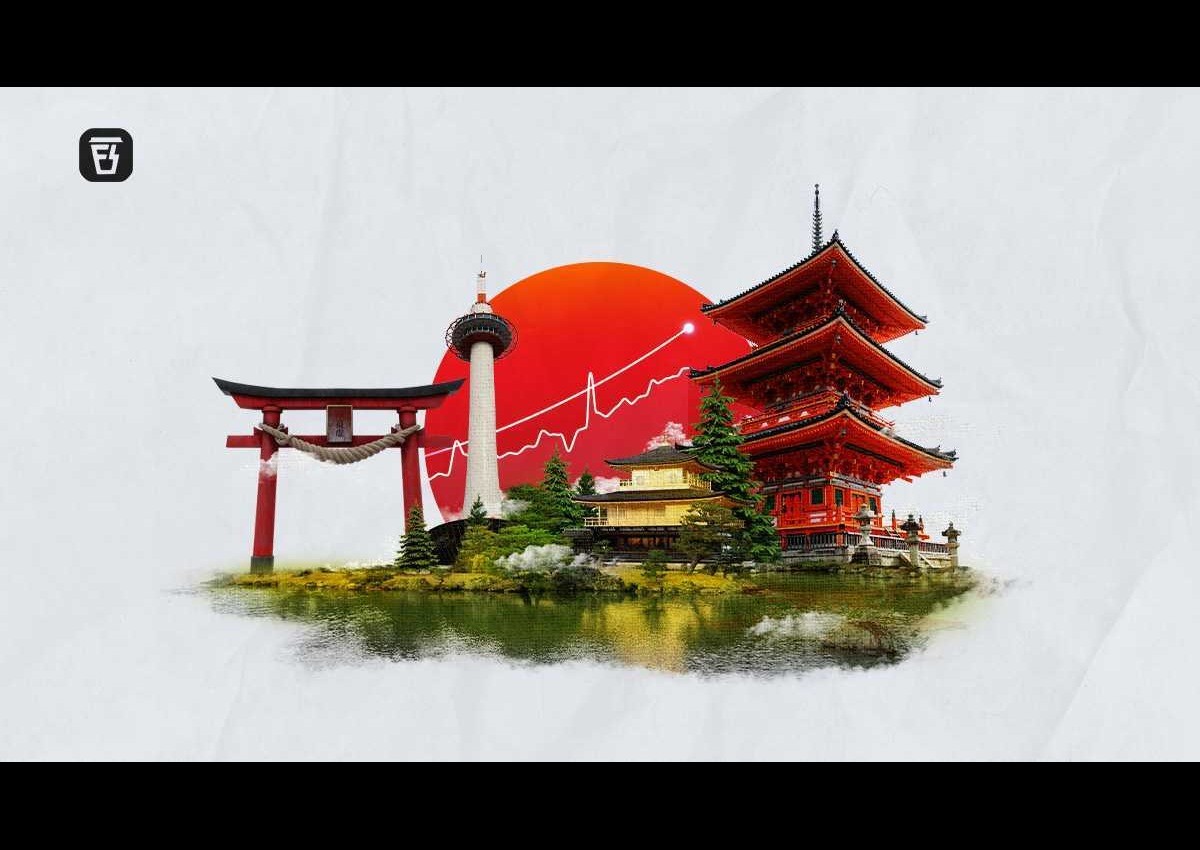18 Aug
を & で particle | Minna no Nihongo | Lesson 6
### Mastering the Particles を (O) and で (De) in "Minna no Nihongo" | Lesson 6
In Lesson 6 of "Minna no Nihongo," you'll focus on the particles を (o) and で (de). These particles are essential for indicating the object of an action and the means or location of an action, respectively. Understanding how to use these particles will help you construct clear and precise sentences in Japanese. Let’s delve into each particle and explore their uses.
### 1. **を (O)**
The particle **を** (pronounced "o") is used to mark the direct object of a verb. It shows what the action is being done to or what the action is targeting.
- **Usage:**
- **Verb + を**: Indicates the object being acted upon.
- **Examples:**
- **本を読みます。** (Hon o yomimasu.) — I read a book.
- Here, "本" (hon) is the object being read, and "を" (o) marks it as the direct object of the verb "読みます" (yomimasu, to read).
- **ジュースを飲みます。** (Jūsu o nomimasu.) — I drink juice.
- "ジュース" (jūsu) is the object being consumed, and "を" (o) marks it.
### 2. **で (De)**
The particle **で** indicates the location where an action takes place or the means by which an action is performed. It can translate to "at," "in," "by," or "with," depending on the context.
- **Usage:**
- **Location of Action**: Indicates where the action happens.
- **Means/Method**: Indicates the method or means used to perform the action.
- **Examples:**
- **学校で勉強します。** (Gakkō de benkyō shimasu.) — I study at school.
- "学校" (gakkō) is the location where the studying takes place, and "で" (de) marks this location.
- **車で行きます。** (Kuruma de ikimasu.) — I go by car.
- "車" (kuruma) is the means of transportation, and "で" (de) indicates how the action of going is performed.
### Usage Summary
Here’s a concise guide for using these particles:
- **を (o)**: Marks the direct object of a verb (what is being acted upon).
- **で (de)**: Indicates the location where an action occurs or the means by which something is done (at, in, by, with).
### Practical Examples
1. **In a Sentence:**
- **を**:
- **映画を見ます。** (Eiga o mimasu.) — I watch a movie.
- **音楽を聞きます。** (Ongaku o kikimasu.) — I listen to music.
- **で**:
- **レストランで食べます。** (Resutoran de tabemasu.) — I eat at a restaurant.
- **バスで行きます。** (Basu de ikimasu.) — I go by bus.
2. **In Questions:**
- **を**:
- **何をしますか?** (Nani o shimasu ka?) — What are you doing?
- **どんな音楽を聞きますか?** (Donna ongaku o kikimasu ka?) — What kind of music do you listen to?
- **で**:
- **どこで勉強しますか?** (Doko de benkyō shimasu ka?) — Where do you study?
- **何で行きますか?** (Nani de ikimasu ka?) — How do you go (by what means)?
### Tips for Usage
- Remember that **を** is only used with verbs to mark what is being acted upon.
- **で** is versatile and can denote both the location of an action and the means or method used to perform an action.
By mastering the use of **を** and **で**, you'll enhance your ability to describe actions and their contexts clearly and accurately in Japanese. Practice these particles in various sentences to get a better grasp of their applications. Happy learning!










